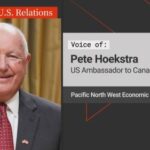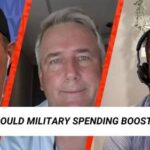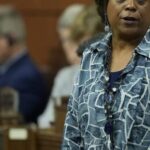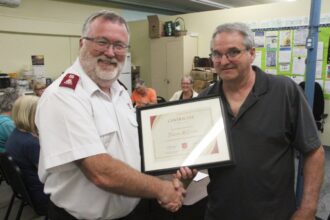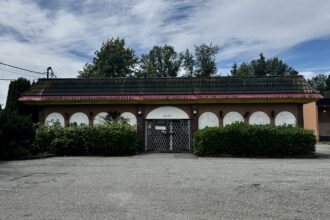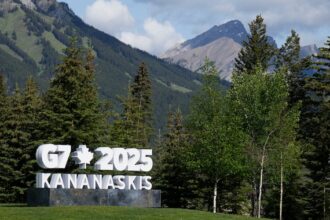Hundreds of frustrated parents and education advocates converged on the British Columbia Legislature grounds Wednesday, their voices rising above the spring breeze in unified opposition to what they describe as devastating cuts to public education. The demonstration—one of the largest education-focused protests Victoria has seen in recent years—comes as school districts across the province grapple with multi-million dollar budget shortfalls that threaten classroom resources, specialist programs, and support staff positions.
“We’re watching the systematic dismantling of supports our children desperately need,” said Melissa Kenney, a mother of three from Saanich who joined the protest with handmade signs reading “Fund Our Future” and “Education Is Not Expendable.” “My youngest needs specialized learning assistance that’s now on the chopping block. How are families supposed to cope?”
The protest follows announcements from several major school districts that they must cut between $10-30 million from their operating budgets for the upcoming academic year. The Greater Victoria School District alone faces a $16.3 million deficit, while Surrey—BC’s largest district—must address a shortfall exceeding $28 million according to district financial reports released last month.
Education Minister Rachna Singh, who initially declined to meet with protest organizers, eventually emerged briefly to receive a petition signed by over 22,000 residents. Singh defended the government’s position, stating that “education funding has increased by more than $1.2 billion since 2017,” but acknowledged the “unique financial pressures” districts currently face.
Protesters, however, remained unconvinced by government assurances. Many pointed to inflation rates outpacing funding increases and growing enrollment numbers that haven’t been matched with proportional resource allocation. Teachers’ union representatives at the rally highlighted that when adjusted for inflation, per-pupil funding in British Columbia has effectively decreased compared to a decade ago.
“What we’re seeing is creative accounting, not meaningful investment,” said James Porter, a special education assistant from Nanaimo who traveled to join the demonstration. “When you factor in rising costs, increased student needs post-pandemic, and inflation, we’re actually going backward.”
The effects of these budget constraints are already becoming visible across the province. Multiple districts have announced reductions to music programs, counseling services, and educational assistant positions. Vancouver has proposed closing smaller schools, while Victoria is considering consolidating programs and increasing class sizes—moves that parents and education experts say will disproportionately impact vulnerable students.
Parent advocacy groups organizing the protest have partnered with the BC Teachers’ Federation to document specific impacts of the cuts. Their preliminary findings suggest that specialized programs for neurodivergent students, English language learners, and arts education face the most significant threats—a concern echoed by many protest participants.
The demonstration comes at a politically sensitive time, with Premier David Eby’s government facing criticism on multiple fronts, including healthcare wait times and housing affordability. Education has traditionally been a strong point for the NDP government, making these cuts particularly damaging to their political narrative of strengthened public services.
BC political analysts note that education funding disputes could become a central issue in the provincial election expected next year, especially as parents mobilize around protecting classroom resources. Wednesday’s protest organizers have already announced plans for larger demonstrations in Vancouver and across major population centers in coming weeks.
As the school year approaches its final months, districts are racing against time to finalize budgets that will determine staffing and resource allocation for September. For parents like Kenney, the uncertainty creates unbearable anxiety: “We’re talking about our children’s futures. These aren’t just numbers on a spreadsheet—they represent real kids who deserve every opportunity to succeed.”
As tensions between education advocates and government officials continue to mount, the fundamental question emerges: in a province with significant natural resource wealth and economic stability, why are we asking our education system to do more with less, and at what cost to the next generation of British Columbians?









